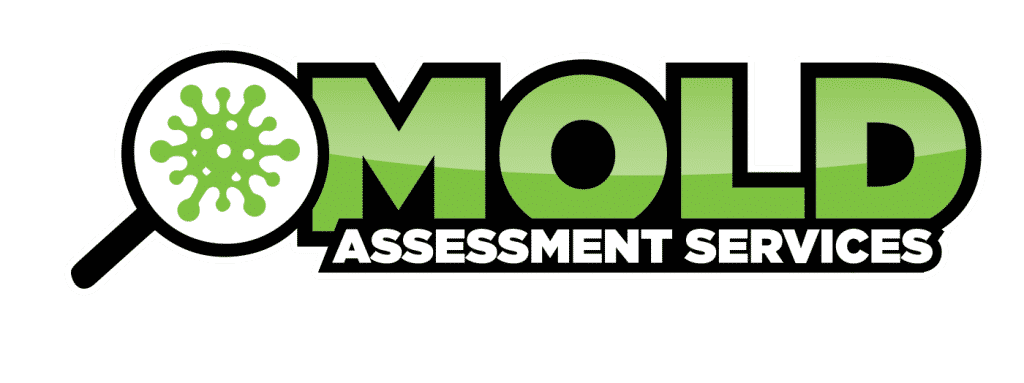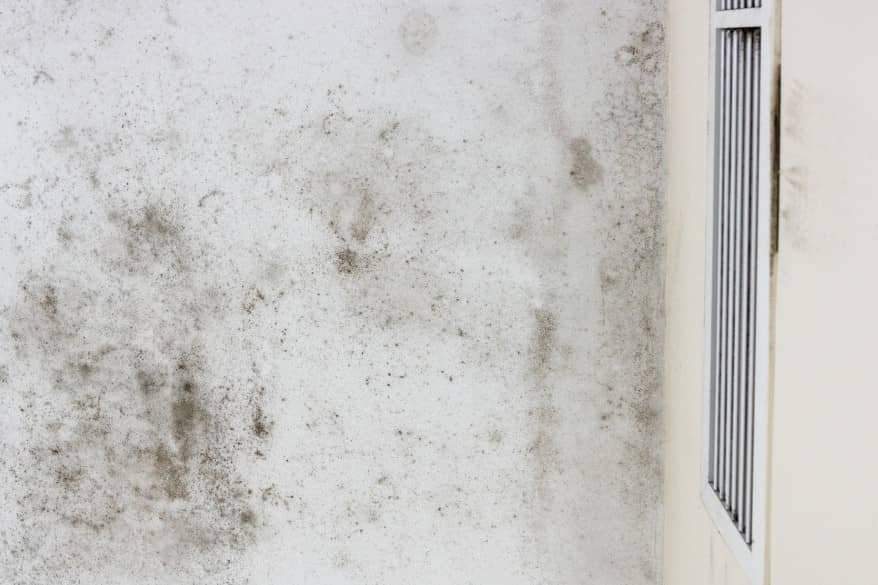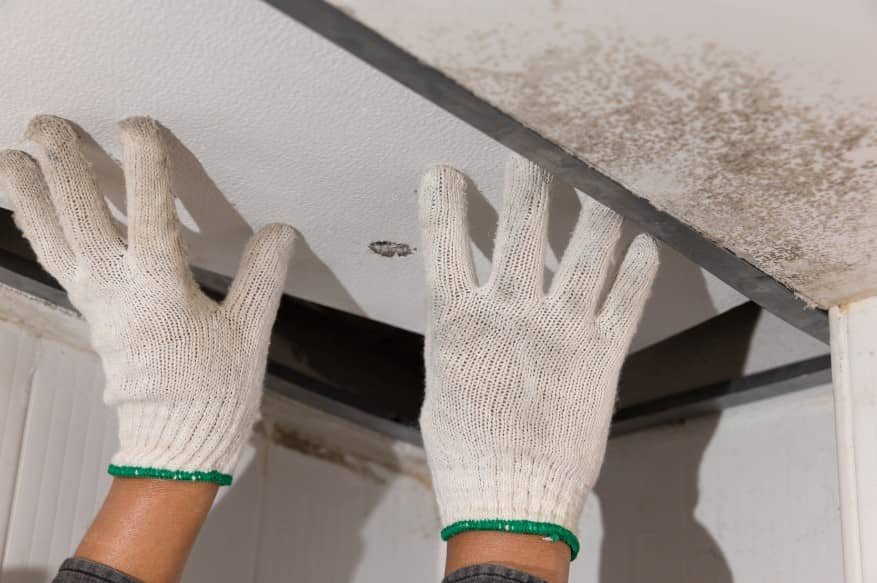When you’re looking for a mold inspection company, you want to make sure that they do everything possible to find the source of the problem. It means inspecting your home’s air conditioner and heating unit and even checking behind appliances. The last thing you want is to hire a company that only looks at visible mold and doesn’t go further. Hiring an organization that examines several areas of your home is much more effective than one that only does what you can see yourself doing! Read below to learn the importance of inspecting home for toxic mold by a professional like Mold Assessment Services.
Air Quality Testing for Mold
To test for mold in the air, you’ll need to use a mold detector. These devices are available as handheld units and wall-mounted sensors that continuously monitor your home’s air quality. They collect a sample of dust from different areas of your home and then analyze it with a small microscope. If the device picks up on spores from particular species of mold, it will notify you via an LED light or an audible beep.
Another option is to test for mold with a moisture meter. Moisture meters measure how much water vapor is present in whatever material they are placed on (such as wood). If there’s too much moisture in the air—and, therefore, on surfaces—mold spores will begin to grow more rapidly than usual because they thrive in damp environments (think about how quickly grass grows when it rains!).

Inspecting home for toxic mold in areas such as basements, attics, and crawl spaces can reveal signs of mold growth and structural weaknesses. Utilizing advanced Mold Detector technologies and Moisture Measurement tools, our experts ensure that every corner of your home, including hard-to-reach areas like HVAC Ducts, is thoroughly examined for mold growth. Understanding the serious Health Effects of Mold, we provide detailed reports and remediation plans to safeguard your living environment.
Main Areas of Inspecting Home for Toxic Mold
Mold lurks in many places. It can grow on walls, floors, ceilings, clothes, and furniture. You may not notice it because mold will typically appear where there is moisture or dampness. Inspecting home environments regularly is crucial for identifying potential mold issues and maintaining a healthy living space. To determine if there are any signs of mold, you should look for these signs:
- Water damage – Mold loves water, so look for any wet areas caused by a leaky pipe or roofing problem;
- Black spots on walls – These are usually found at floor level and indicate that the area below was flooded with water for an extended period;
- Dampness – If possible, smell the air in each room and tap into light switches and sockets. If they feel damp, this could mean some condensation is present indoors. If this happens regularly, your insulation will need replacing more often than usual.
Inspect attics and basements
When inspecting your attic and basement, look for water leaks. You may find them in stains on the ceiling, tiles, or walls; moldy insulation; discoloration of wood, cardboard, or other materials; or signs of rodent infestation. If you discover any of these issues during the inspection, a leak may be present in your home that needs repairing immediately.
Checking Under Sinks and Behind Appliances
To begin, you’ll want to turn your attention to the walls and floors in your home. If you notice discoloration or mold on the walls, it’s a good idea to check behind appliances and cabinets for signs of water damage (like leaking pipes). If you find any, follow the steps above to remove mold from those areas.
While inspecting these areas, remember that black or brown spots usually show mold growth—especially on ceilings and windowsills.
Crawl Spaces
- Check for water damage, leaks, and moisture.
- Look for signs of water damage and mold or mildew growth (such as stains on walls).
- Examine the crawl space for any signs of the previous flooding that might have occurred.
HVAC Ducts and AC Units
It’s essential to check for mold in the AC unit and HVAC ducts. Mold can grow on these surfaces, releasing spores into your home. Homeowners should consider inspecting home appliances and systems annually to ensure they are free from mold and other contaminants.
Mold Inspection Organizations provide various services to help homeowners deal with mold growth. For example, they will perform inspections that determine whether or not there is a problem with mold growth in your home. During the process of inspecting homes, professionals often uncover hidden problems like water damage and insulation flaws. They will recommend solutions such as removing and replacing the affected area with something new.

Mold Detection in homes requires thorough Air Quality Analysis and Humidity Control strategies. Understanding Fungal Growth helps in ensuring Environmental Safety and taking necessary Health Precautions. Regular checks for Indoor Pollution and efficient Remediation Techniques are essential for a safe living environment. Professional Building Inspection services can identify and address issues with Airborne Pathogens effectively. Our team adheres to the highest Ethical Mold Inspection practices and is well-versed with the guidelines of Professional Inspection Organizations. We believe in delivering quality services that not only detect mold but also offer long-term solutions to prevent its recurrence. With Mold Assessment Services, you gain peace of mind knowing that your home’s air quality and structural integrity are in capable hands.
Mold Can be Hazardous to your Health
Mold can cause asthma and allergies from exposure to airborne molds or surface growth. It can also cause infections from contaminated air or touch moldy materials with their bare hands. Finally, certain molds produce mycotoxins that may irritate the skin or cause other symptoms through inhalation, ingestion, or skin contact. If you have mold on your property, it’s essential to address the issue as soon as possible.
Mold Assessment Services Adheres to Professional Standards When Inspecting Home for Toxic Mold
Mold Assessment Services is committed to providing an ethical and honest service, and we adhere to professional standards that help us achieve this goal.
We believe in the value of our work, which means that we only provide needed services that will benefit our clients. We always explain all of our processes clearly so that you know what’s going on, and we do everything we can to make sure you feel good about your decision and provide a PRV AND MCCC. Below are a few organizations that have set the standard for the inspection industry and to which we adhere:

The American Conference of Governmental Industrial Hygienists (ACGIH) is an organization that advocates for the occupational safety and health of workers in the United States. They provide resources and information to keep workplaces safe, publications, training programs, technical guidance documents, and more. The ACGIH publishes several guidelines, including Threshold Limit Values (TLV). They also provide guidelines for protecting workers from chemical exposures and recommendations for addressing them.

The American Industrial Hygiene Association (AIHA) is a non-profit group that promotes the study and practice of industrial hygiene and other areas related to public health, safety, and environmental protection. Their mission is to improve human health and safety by providing education about indoor air quality. It publishes many standards, including a Standard Practice for Industrial Hygiene Services.
The Commission for Environmental Cooperation (CEC) originated from the North American Free Trade Agreement (NAFTA). Its purpose is to facilitate cooperation between Canada, Mexico, and the United States on environmental issues. They publish information on outdoor air quality in North America. It includes sharing information about pollution levels across borders so countries can work together to improve air quality.

Healthy Buildings International (HBI) is an international non-profit organization dedicated to improving indoor air quality through education and research. They focus on creating healthier buildings by identifying volatile organic compounds (VOCs) in their systems so they can find ways to remove them from their building materials or replace them with less harmful alternatives. Their website includes resources such as an Indoor Air Quality Guidebook for Schools and Hospitals.
Indoor Air Quality Association (IAQA) is an industry association for professionals in the indoor air quality field that includes architects, engineers, suppliers, consultants, and others who work in indoor environments. Their goal is to provide education, training, and networking opportunities to members so they can better serve their clients. The IAQA also helps organizations develop standards and best practices for indoor air quality management.

Occupational Safety & Health Administration (OSHA) is responsible for enforcing workplace safety laws across the United States. They are part of the Department of Labor’s Occupational Safety & Health Administration. Congress enacted legislation giving OSHA the responsibility. OSHA has protected America’s workers since Congress passed legislation giving it this responsibility in 1970.

The National Organization of Remediators and Mold Inspectors (NORMI) is at the forefront of national legislative efforts to protect the public and industry. They have trained thousands of professionals in the United States, Canada, Europe, and South America and provide over 14 certifications to meet licensing laws. NORMI also includes training for mold and indoor environmental professionals.
Mold Assessment Services Offers Peace of Mind
The key to a safe and healthy residence lies in routinely inspecting home interiors for any signs of moisture accumulation or mold infestations. If you notice mold in your home or work environment, it’s essential to get it checked out by an expert. If you’re worried about the health risks of mold exposure and want to find out what high-quality mold inspection services can do for you, contact us today at 305-244-7379 or fill out the form to contact us.




